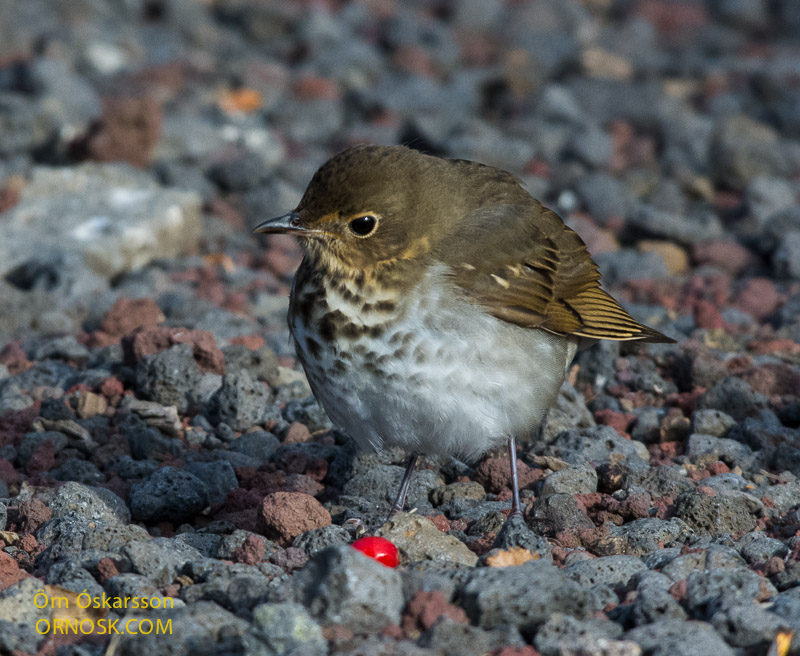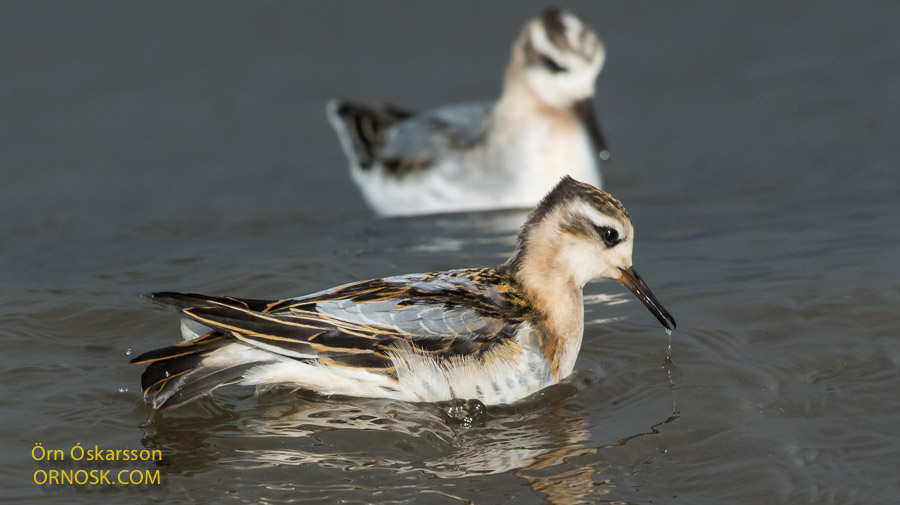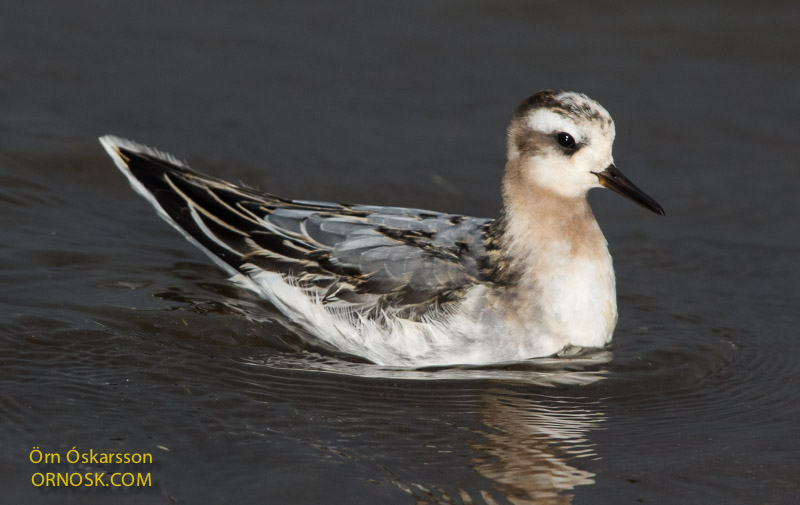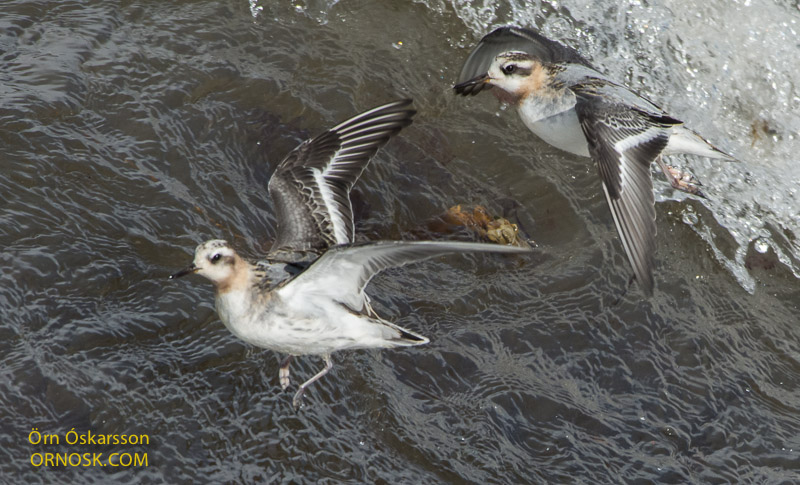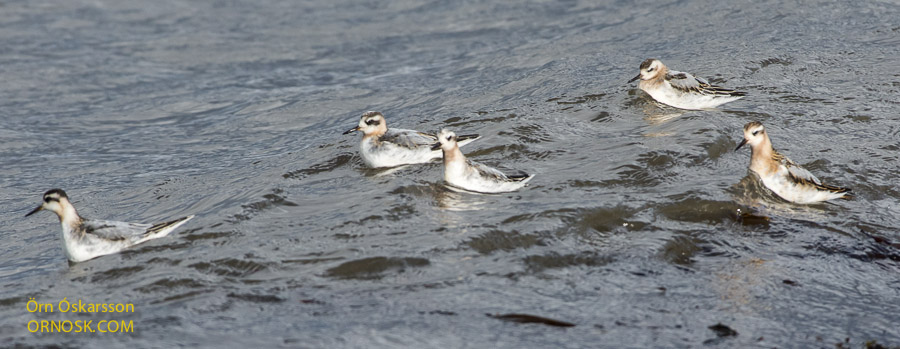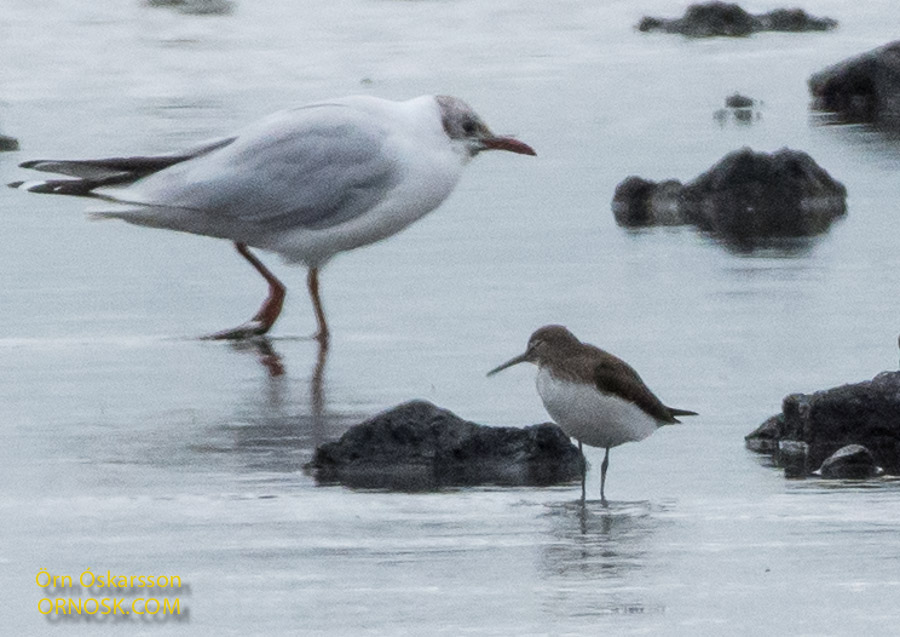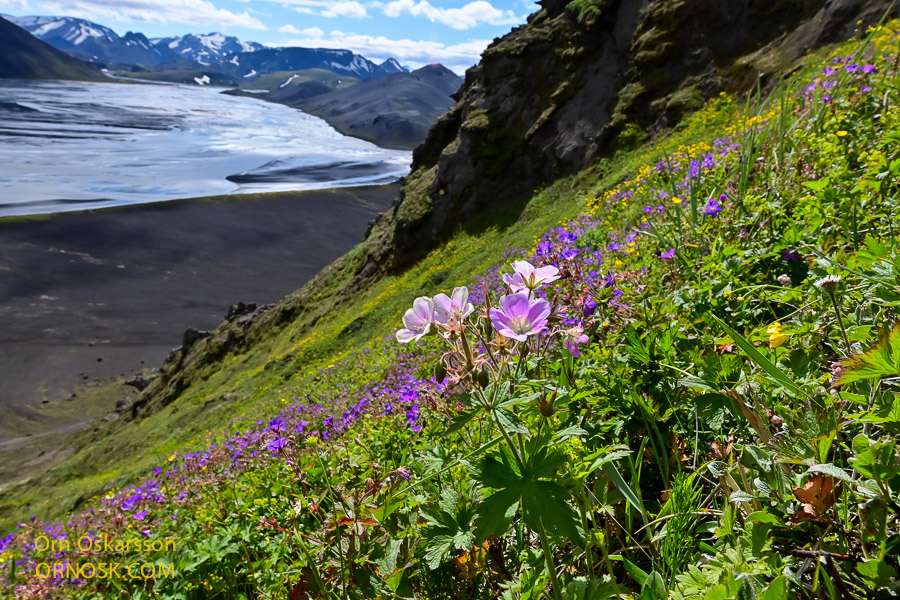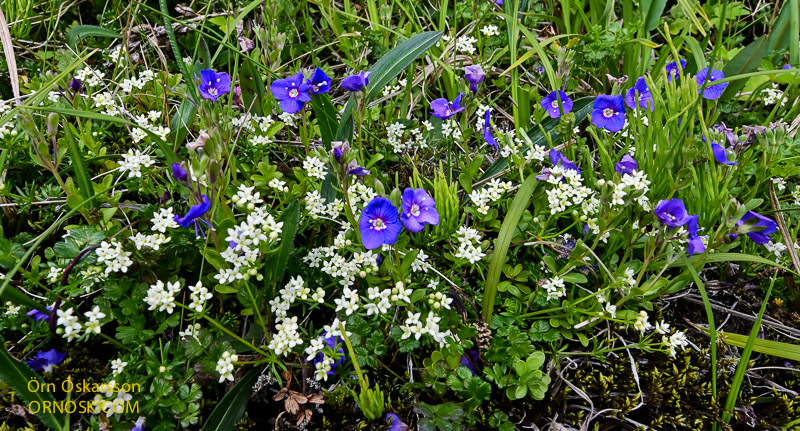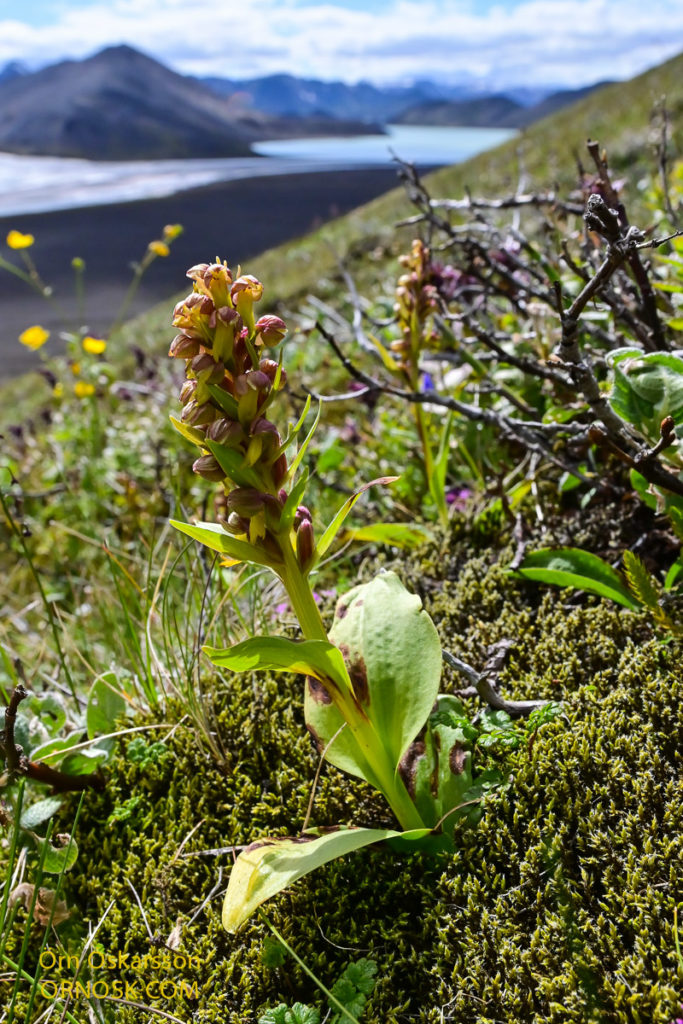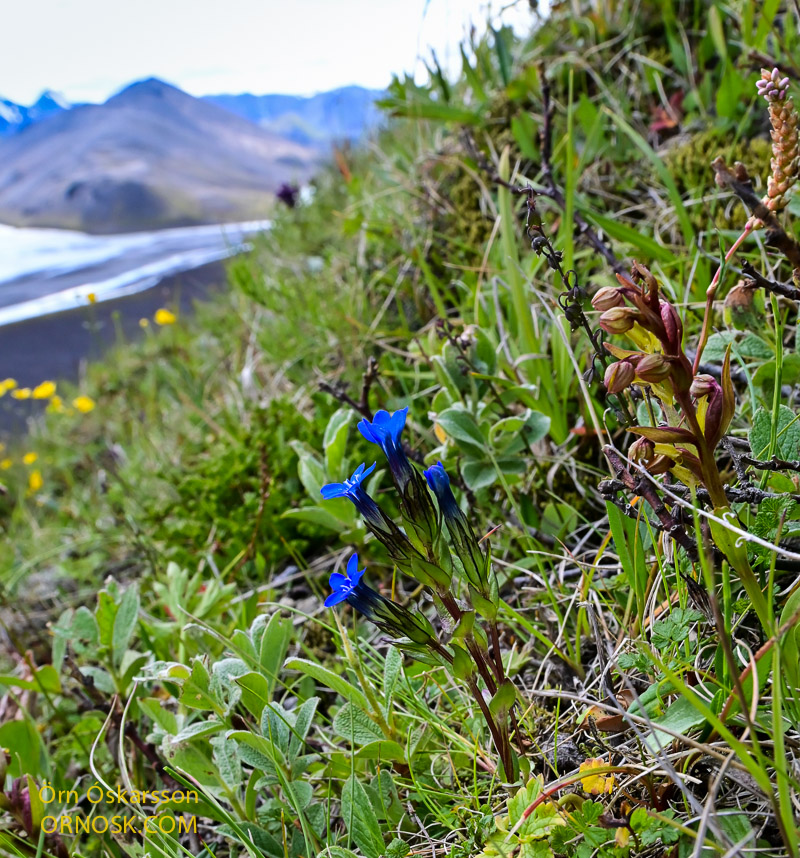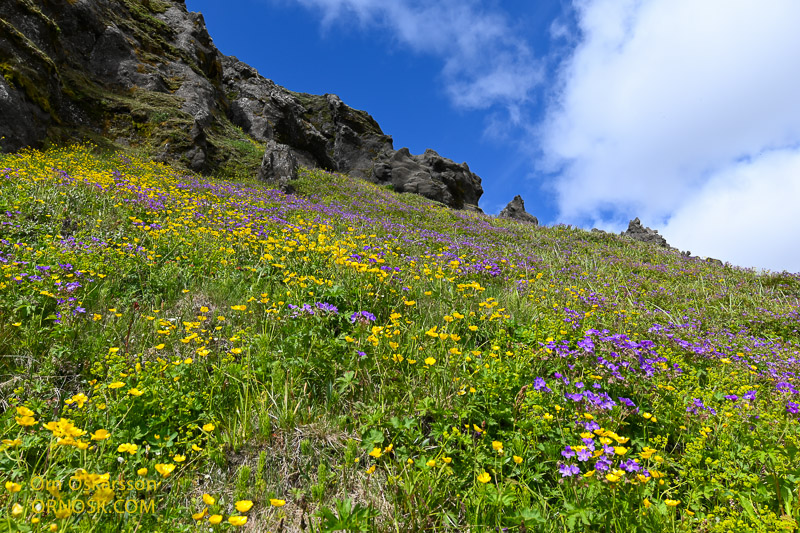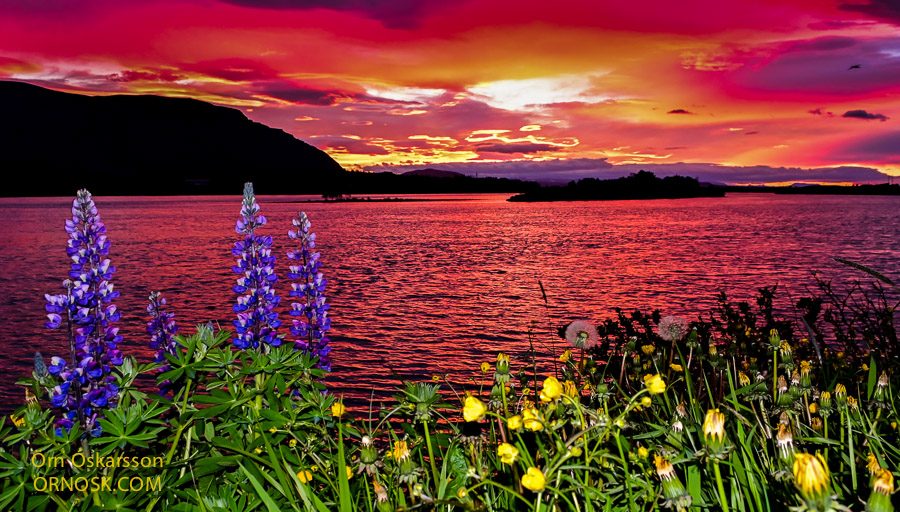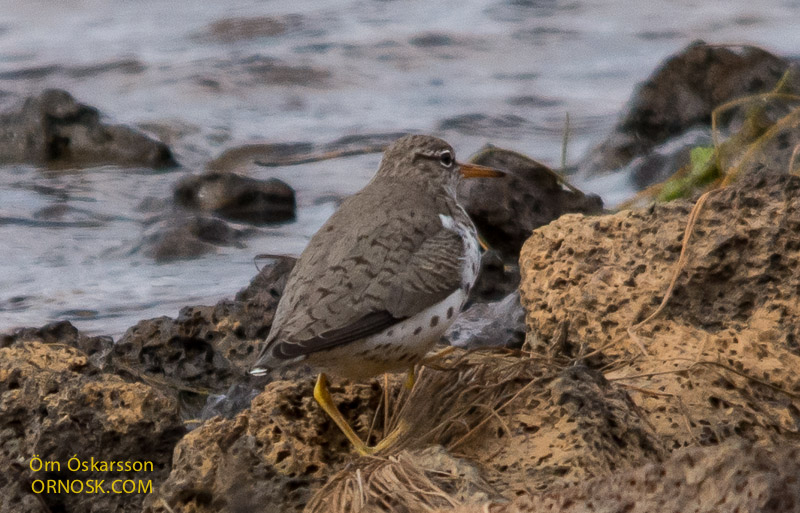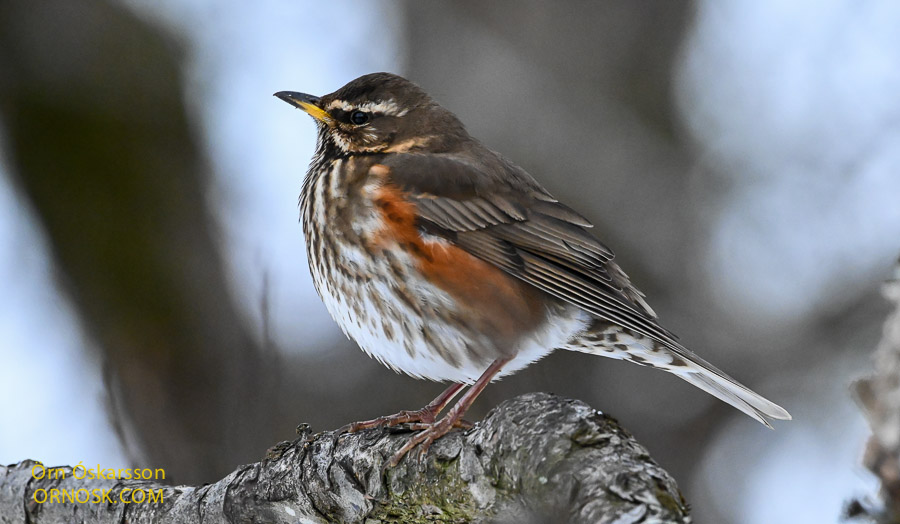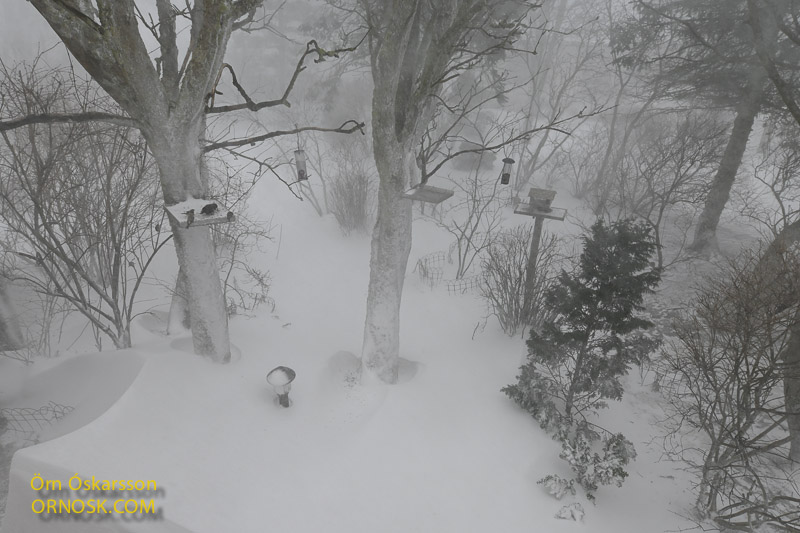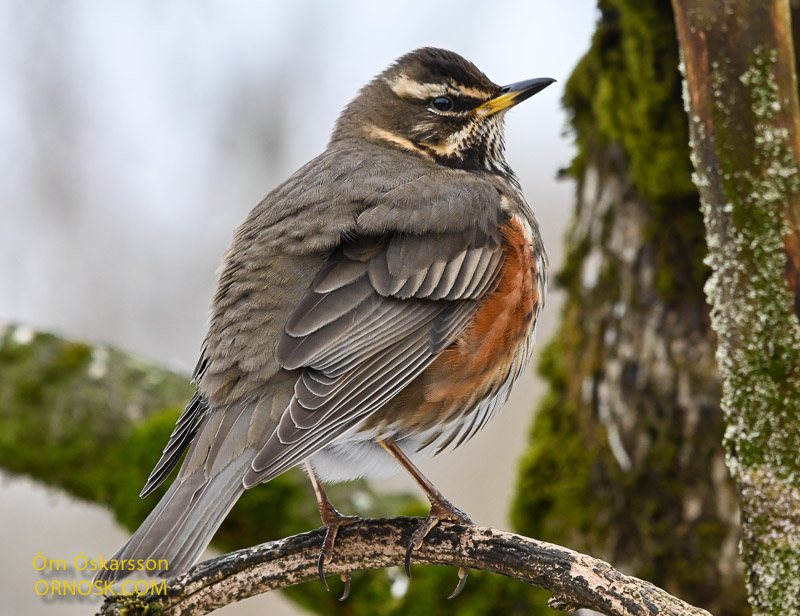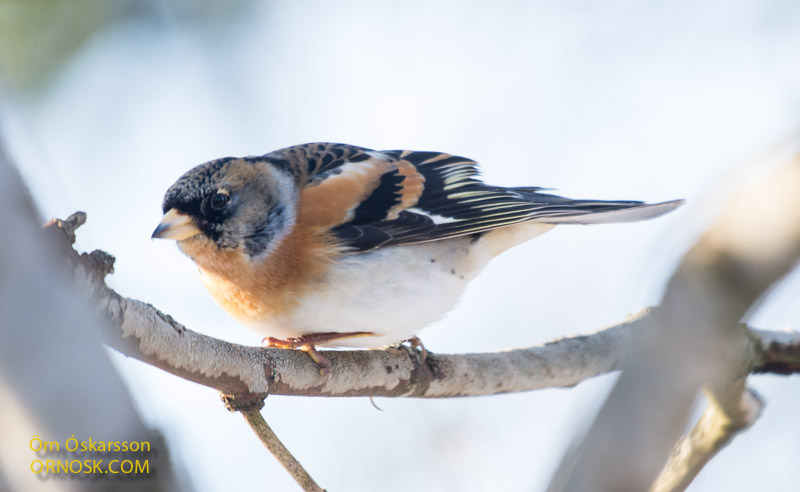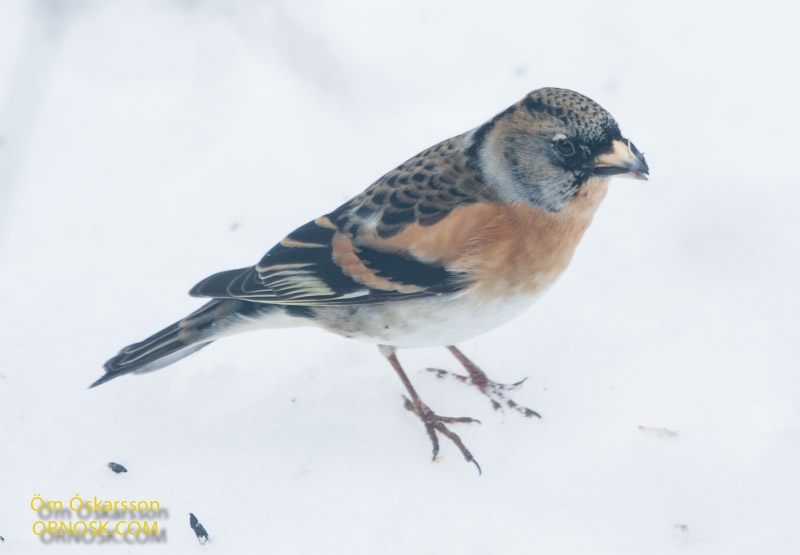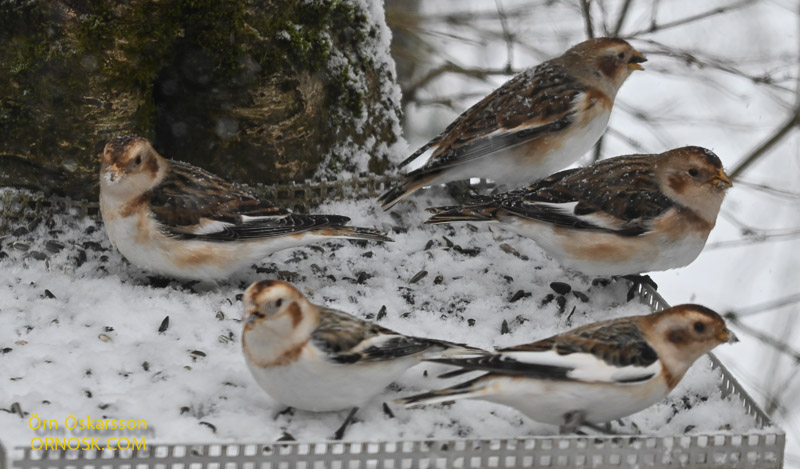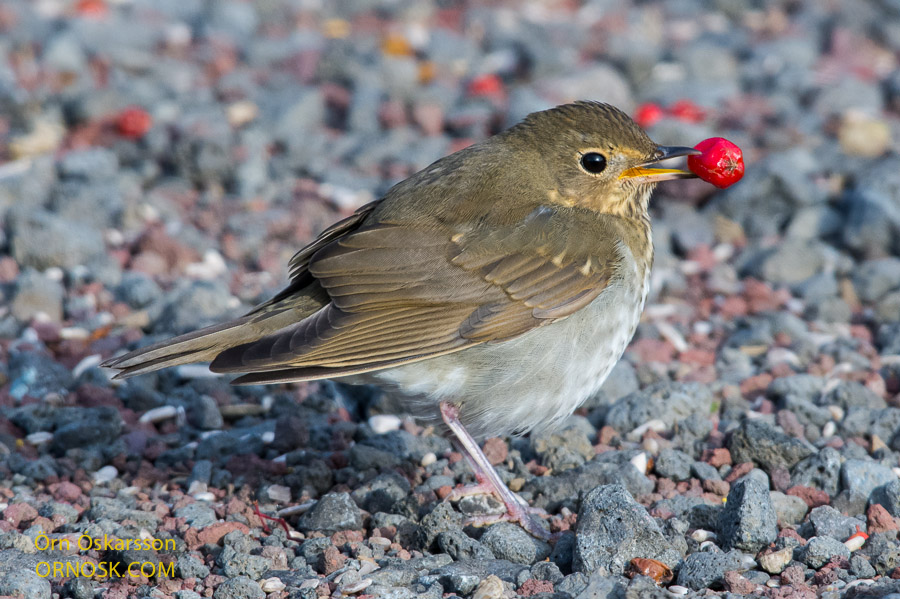
One of the American guests that has been spotted in the aftermath of the Southwest winds is the Swainson’s Thrush. This lone thrush was spotted in Sólbrekka by Seltjörn in Reykjanes on September 23 and is still there. This is the 10th time this species is recorded in Iceland.
The Swainson’s Thrush is one of the most common thrushes in North America, breeding all across Canada, Alaska, and the northern United States. Its favourite habitat is coniferous woods with a dense undergrowth. In winter they migrate south to Southern Mexico and as far south as Argentina. Only very rarely are they spotted in Western Europe.
Hopefully this American guest will manage to survive the Icelandic winter, to the joy of birders and other guests in the forest at Sólbrekka.

